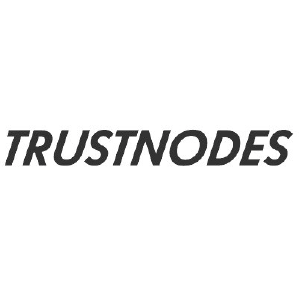President Trump aims to spend around $175 billion on his ambitious new missile-defense system, Golden Dome, before his term ends. The plan would seek to detect and destroy missiles launched from anywhere in the world, but experts say it faces steep technical challenges and budget concerns. The administration wants Golden Dome to combine ground-based interceptors, a network of sensors in orbit, and satellites designed to destroy incoming missiles shortly after launch. Some of the key components, such as ground interceptors and space sensors, already exist but are in very limited supply, while other parts remain experimental. “All of the systems comprising the Golden Dome architecture will need to be seamlessly integrated,” Defense Secretary Pete Hegseth said last week when he named a new director to oversee the project. That integration task will be complex, since US agencies already operate a variety of public and secret satellites that can detect missiles. These satellites would all have to be linked under a unified command, rather than managed separately as they are today. Building a fresh layer of orbital interceptors could take many years and demand billions more. Analysts and former military officers say an effective orbital shield might require thousands of satellites to catch missiles reliably. Those systems would also have to adapt quickly, since potential foes could use decoys or other tricks to hide real warheads. Golden Dome’s total cost remains uncertain President Trump recently said the effort would run about $175 billion over the coming years. The Congressional Budget Office has offered estimates as high as $831 billion, in part by looking at past rocket-launch expenses. And Senator Tim Sheehy of Montana warned that the full project could reach into the trillions over time. Last week, House Republicans approved spending $25 billion as a first installment on the Golden Dome . The White House has not yet detailed exactly what systems the down payment will cover. Hegseth said the Pentagon is working with the Office of Management and Budget to nail down specifics before sending a full fiscal 2026 budget proposal to Congress. U.S. missile-defense programs have a history of running over budget. A smaller effort to build a defensive shield in Guam has already exceeded $8 billion because of high construction costs and the difficulty of linking land and sea-based systems that use separate command networks. Not everyone is sold on the idea of an orbital intercept layer. Senator Ed Markey of Massachusetts criticized the concept as “economically ruinous” and questioned whether it could work. He urged the administration to pursue arms-control talks instead, calling Golden Dome “nothing more than a gold-plated giveaway to billion-dollar defense contractors.” Supporters say new technology will keep costs down. “The price point that we’re talking about is so much less than people thought it would be,” said Senator Kevin Cramer of North Dakota. “We have a lot of systems already that we just need to knit together.” Military tech is backlogged due to the Ukraine-Russia conflict In the near term, weapons experts expect Golden Dome’s first step will be to boost ground-based defenses inside the United States. But those interceptors are already backlogged because of heavy use in Ukraine and the Middle East. “It takes time to build the missiles,” said Todd Harrison, a senior fellow at the American Enterprise Institute. “Even things that are already in production, you would be lucky to get that delivered within two to three years.” Lockheed Martin, one of the main defense contractors, said it is working to meet rising demand for its PAC-3 Patriot missiles and the Terminal High Altitude Area Defense, or THAAD, system. Patriots are best at shooting down shorter-range cruise missiles, and THAAD interceptors protect only a small area. Another type of interceptor meant to stop long-range ballistic missiles is still in early stages and could take years to scale up. Defense firms in the West are under pressure to boost output, but face hurdles such as tight labor markets and the need for complex parts from hundreds of suppliers. Those challenges have slowed efforts to expand existing programs, let alone launch a grand new system. Cryptopolitan Academy: Want to grow your money in 2025? Learn how to do it with DeFi in our upcoming webclass. Save Your Spot
















